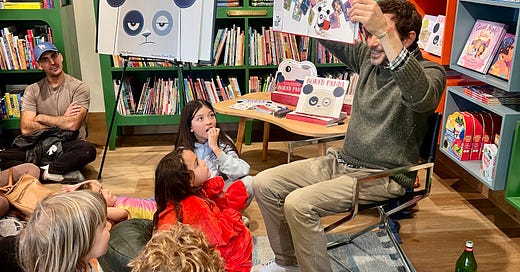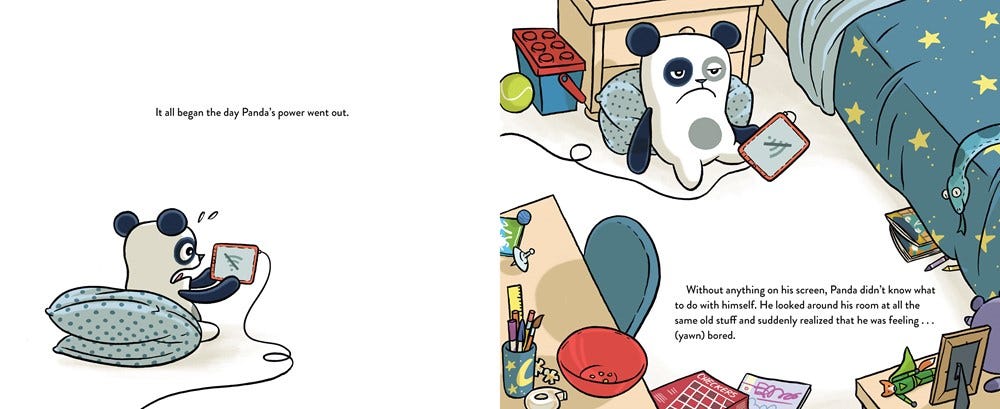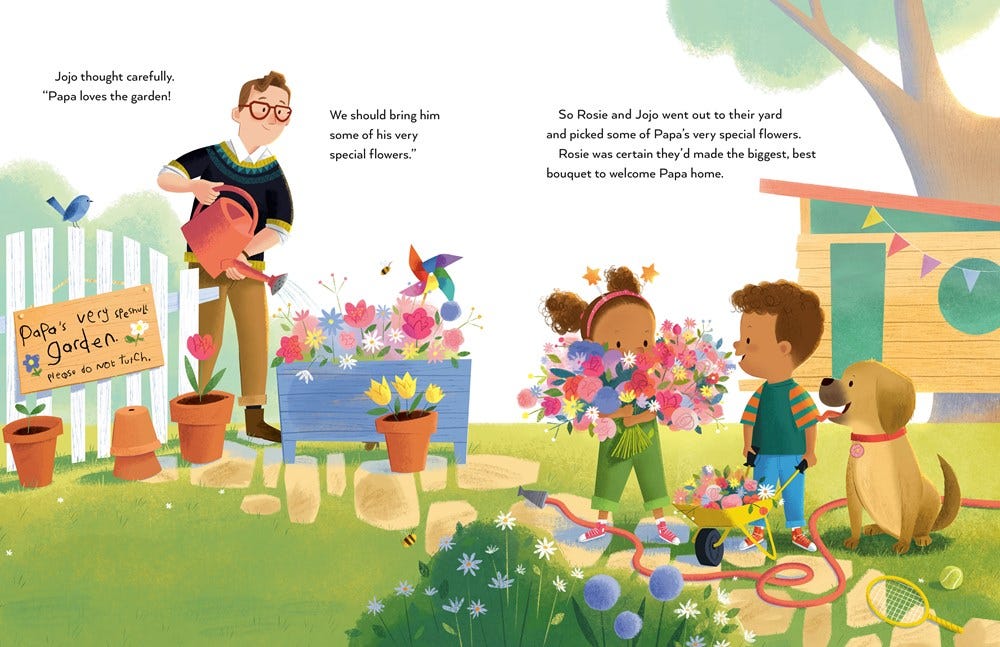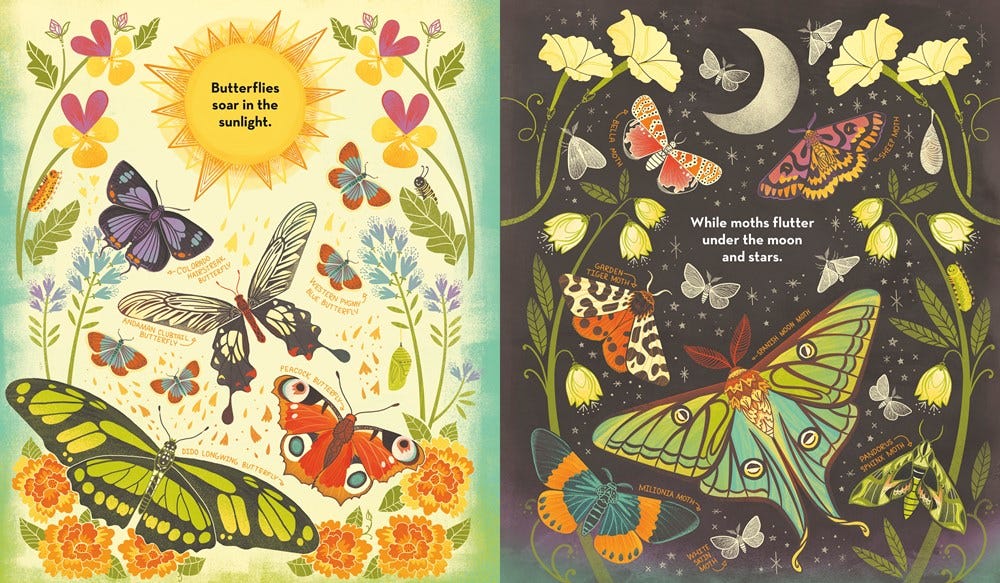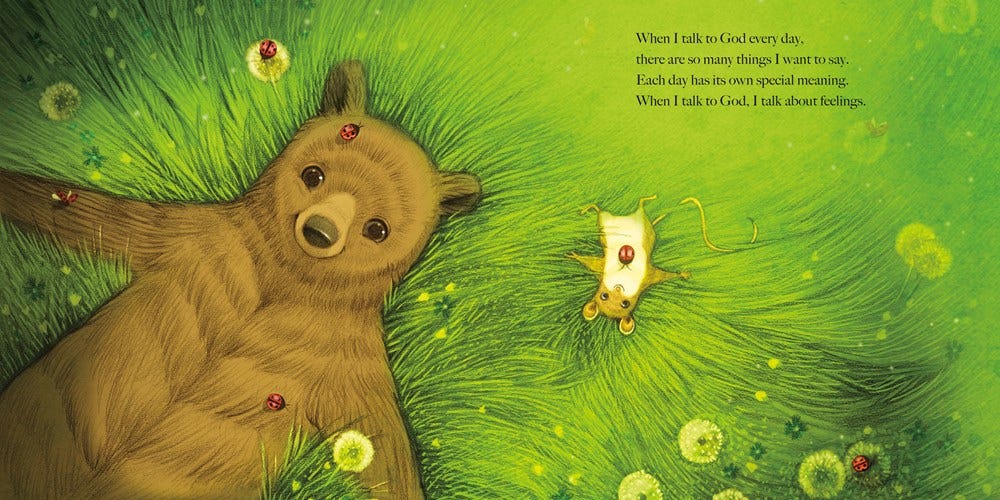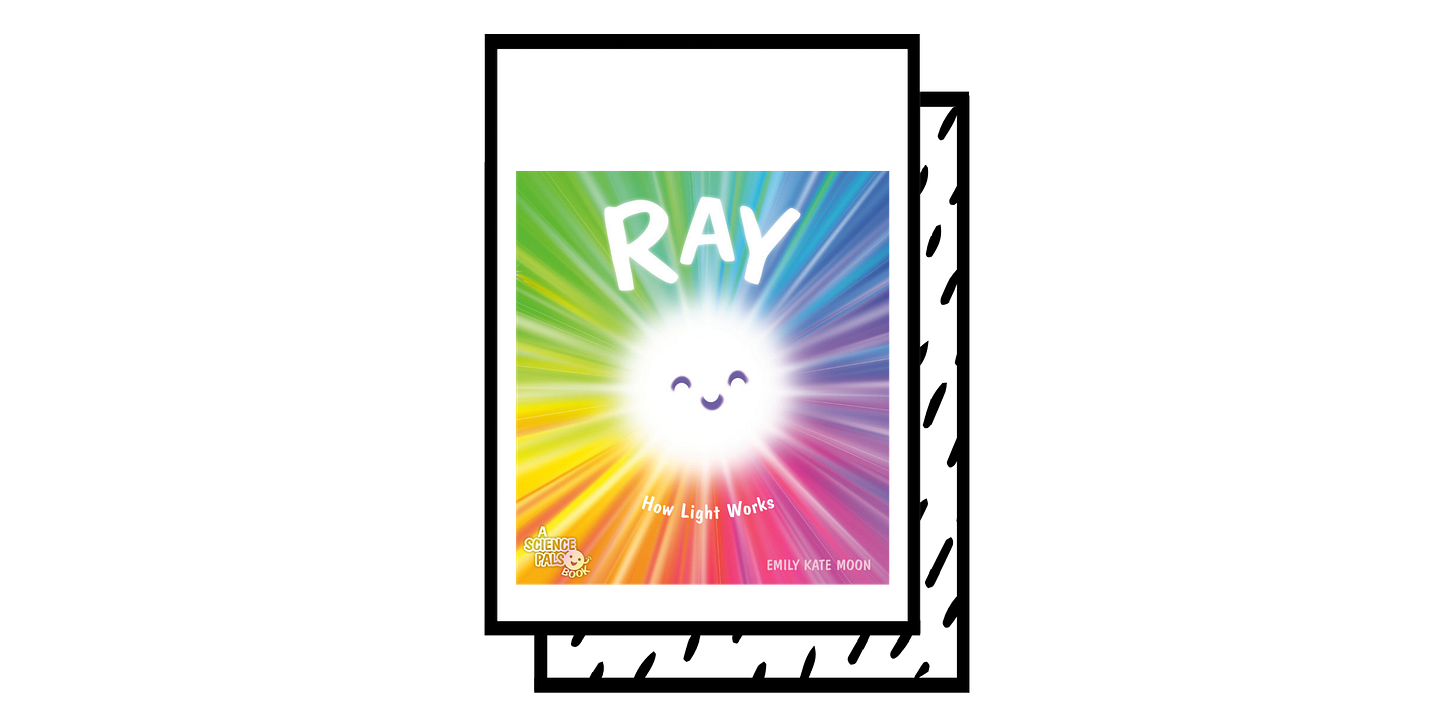Lit Window is a series written from the floor of Godmothers. It traces the light that literature casts through the books, gatherings, and conversations that leave their mark.
There's a woman who comes to most of our storytimes. She sits in the back with an effortless nature and a spiral-bound notebook. She says our readings make her feel better. And also, she's written a children's book. It’s about a bee that once landed on top of her head and rode along while she surfed.
“Wait. Seriously?”
(Seriously.)
“Did it sting you?”
(No. It was just along for the ride.)
Since we opened our doors nine months ago, a vivid parade of children’s authors has passed through, filling the shop with wide eyes, belly laughs, jump scares, and the kind of questions that don’t come with tidy answers. Their imaginations have pulled us into otherworldly fantasies and tender realities, gently tilting how we see the world around us (and the one inside us).
While their stories speak to young minds, they land just as squarely in adult hearts. I’ve attended most of our storytimes, and I can tell you with full confidence: It’s not just the kids’ faces that soften. (Guilty.)
After chatting with my new friend, I thought it was about time I looked back to spotlight a few of the children’s authors who’ve graced Godmothers, and the (not so) quiet, (truly) enduring lessons they’ve left behind.
Get bored on purpose.
Nowadays, for many, there’s a panic that sets in when the power goes out. And for Panda—the tech-loving protagonist in Mike Bender’s Bored Panda—this is a crisis of epic proportions. But what starts as the worst day ever slowly (and amusingly) becomes a quiet adventure into a critical truth: boredom is the birthplace of wonder.
In a forest filled with delightfully eccentric artists—a dung beetle sculptor, a porcupine painter, an owl photographer—Panda learns that creativity isn’t sparked by constant stimulation but by the wide open space of nothingness. Because some of the best ideas emerge when we let ourselves get a little bit … well, bored.
The next time your power goes out or your kid says, “there’s nothing to do,” remember: That’s not a problem. It’s the beginning of something.
Bored Panda Godmothers | Bookshop.org | Amazon
Love doesn’t need a label.
There’s no banner waving in Papa’s Coming Home. No underlined lesson. No moral in lowercase rhyme. Just a loving family: two kids, two dads, a dog named Buddy, and a car stuffed with slippers, flowers, and a chocolate cake stacked seven layers high.
So many children’s books about identity carry the important work of affirmation. They center a moral or a message that helps explain why certain families, bodies, or ways of being belong. We need those stories. But this book offers something else just as vital: It lets a family like Chasten Buttigieg’s take up space without having to explain it. Their unconditional love is the story.
Papa’s Coming Home Godmothers | Bookshop.org | Audiobook: Libro.fm | Amazon
Let the quiet speak.
Marla Frazee said it took 25 years to complete In Every Life. The idea first came to her in the form of a prayer.
Both writer and illustrator, she lets her visuals do the carrying. Turn a page too quickly and you’ll miss an entire chapter. The illustrations are so radiant, so full of zest, that if you let yourself linger … you’ll see what I mean.
This book traces the arc of being alive with joy, sorrow, awe, mystery and all of the in-between experiences etched with such intention. A meditation distilled to its purest form.
In Every Life Godmothers | Bookshop.org | Amazon
Growth isn’t one-size-fits-all.
Rachel Ignotofsky’s book What’s Inside a Caterpillar Cocoon? (also available in paperback), a vibrant, information-rich dive into the world of butterflies and moths, isn’t just a visual feast. It’s a manifesto. A call to ask questions about the beauty we often take for granted.
Inspired by the biology in her own backyard, Rachel reminds us that metamorphosis is both a scientific process and a mirror. The transformation from caterpillar to cocoon to winged marvel reflects the many ways we grow and change. And the contrast between butterflies who soar in sunlight and moths who flutter under the moon reveals how we each thrive differently, depending on our environment.
Scientific literacy is for anyone living in the natural world (which is to say, all of us). As Rachel says, awareness leads to care. And care starts with curiosity.
What’s Inside a Caterpillar Cocoon? Godmothers | Bookshop.org | Audiobook: Libro.fm | Amazon
When you feel something, talk about it.
There’s something powerful about naming a feeling. Saying: This is what joy feels like. This is what fear feels like. This is sadness, not weakness; anger, not badness. It gives shape to the swirl. It teaches us that every emotion belongs.
In When I Talk to God, I Talk About Feelings, Chrissy Metz and Bradley Collins offer an entry point into that practice. With soft illustrations, the book follows a group of forest creatures as they reflect on their feelings with honesty, not judgment.
When Chrissy visited us, she spoke candidly about her own journey with self-acceptance and how learning to name her emotions helped her move through them. This book invites that same possibility: to slow down, pay attention, and speak the truth of how you feel, whether it’s in prayer or reflection.
When I Talk to God, I Talk About Feelings Godmothers | Audiobook: Libro.fm | Amazon
Magic has mechanics.
Last Saturday, I had the pleasure of watching Emily Kate Moon read from Ray, part of her Science Pals series. It’s a picture book about light—who she lovingly personifies as Ray—and all the ways it illuminates our lives.
She explained how rainbows form when light bends through water at just the right angle. But that was only the beginning. Ray doesn’t just make rainbows—he warms the Earth, fuels plants, gives color to everything we see. He travels in waves we can’t detect, too—gamma rays, X-rays, microwaves, infrared.
As we stood there watching Ray do his thing across the pages, we had a collective realization that our entire experience was made possible by Ray himself.
I think they call that … meta? (I prefer gratitude.)
Ray: How Light Works Godmothers | Bookshop.org | Amazon
Storytimes happen every Saturday and Monday at 11 a.m. You can RSVP here, but it’s not required.
All ages welcome.


